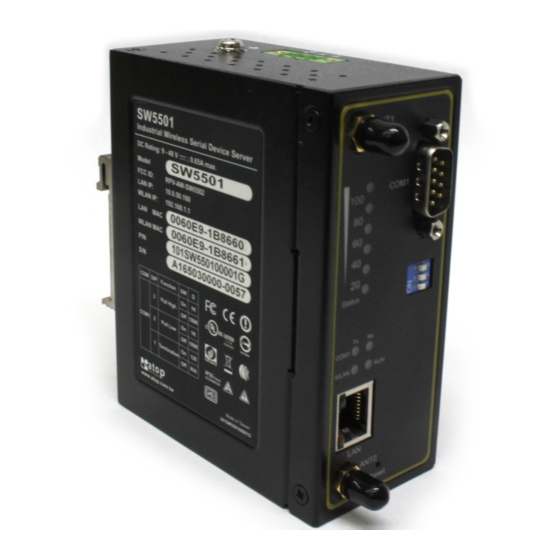
Atop SW5501 Manuals
Manuals and User Guides for Atop SW5501. We have 2 Atop SW5501 manuals available for free PDF download: User Manual
Advertisement
Advertisement

Advertisement
Advertisement